Publish Date:
30 April 2025Keywords:
19% increase in women being supported by Women’s Refuge since 2017
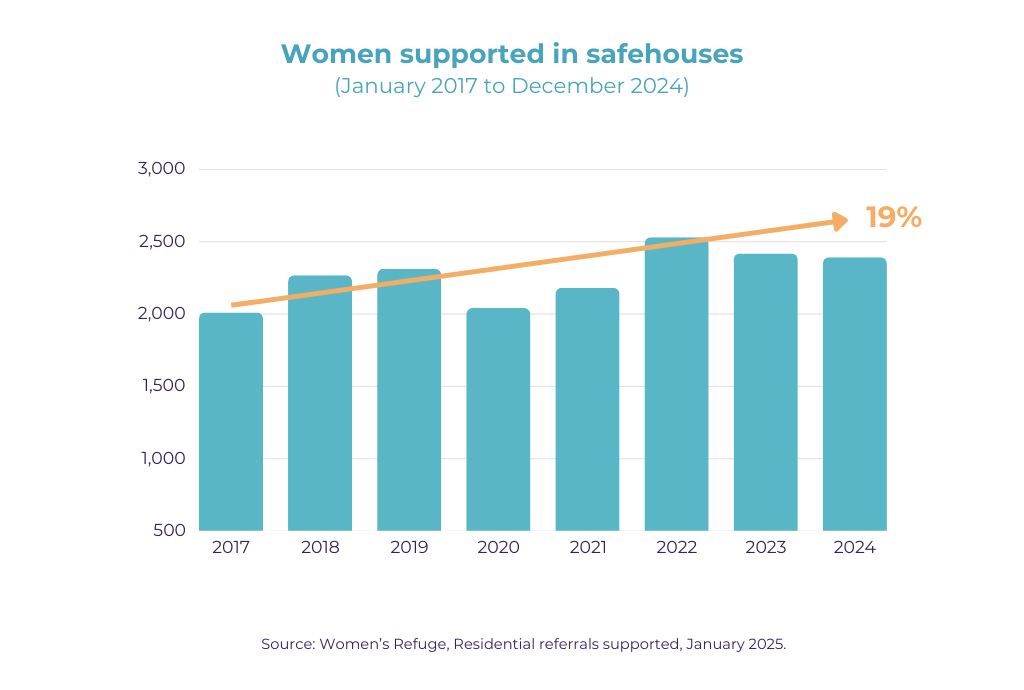
Sadly, as soon as a woman and her children flee an unsafe home environment, they are homeless. Census data categorises them as ‘homeless’ at this point.
While Women’s Refuge fills a critical need in our country to support vulnerable women and their children, it is shameful to see a growing need for their services and, therefore, growing rates of homelessness for women and children. The evidence proves that women experiencing homelessness are confronted with higher rates of crime, violence and abuse.
Sustainable housing solutions are essential to support vulnerable women and children. A place to call ‘home’ provides a safe, healthy, and happy environment for them to thrive across all social determinants and areas of life.
We are deeply appreciative of the Women’s Refuge for providing us with this data and for the invaluable work they do for women around Aotearoa New Zealand.
Housing policy and systems are failing women
Women account for approximately 50% of Aotearoa New Zealand’s homeless population, yet housing policy and service delivery have traditionally been gender-blind, with interventions primarily designed around ‘bed nights’ – with little reference to the specific needs of women, who are a distinctive cohort due to factors including their documented caregiving responsibilities and the sexual and domestic violence that is often at the root of their experiences of homelessness.
Comprehensive research undertaken by the Coalition to End Women’s Homelessness in 2024, Ngā Ara ki te Kāinga: Understanding Barriers and Solutions to Women’s Homelessness in New Zealand, reveal persistent structural barriers that disproportionately affect women, particularly wāhine Māori, Pacific women, single mothers, and older women. These barriers result from policies and systems that fail to recognise the gendered nature of homelessness and the specific needs of women across different demographics.
Key statistics and findings of the analysis (based on data from 2018 Census) found that severely housing deprived women were not only most likely to be Auckland based, it also revealed that:
Younger women and those aged between 55-65 were most likely to experience severe housing deprivation.
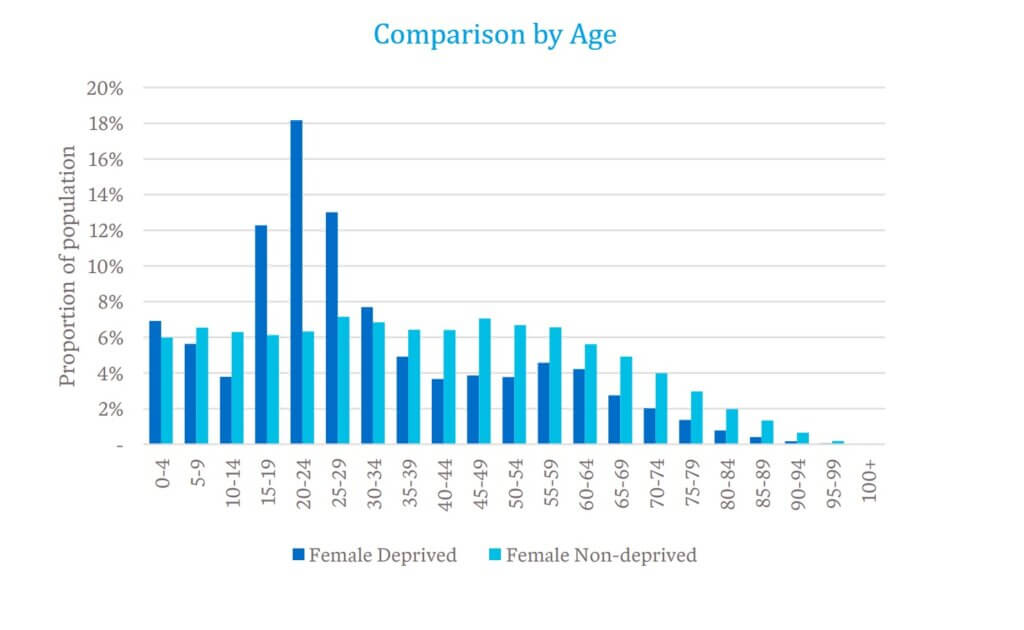
Wāhine Māori were over-represented and disproportionately impacted, with over one third of homeless women in New Zealand identifying as Māori.
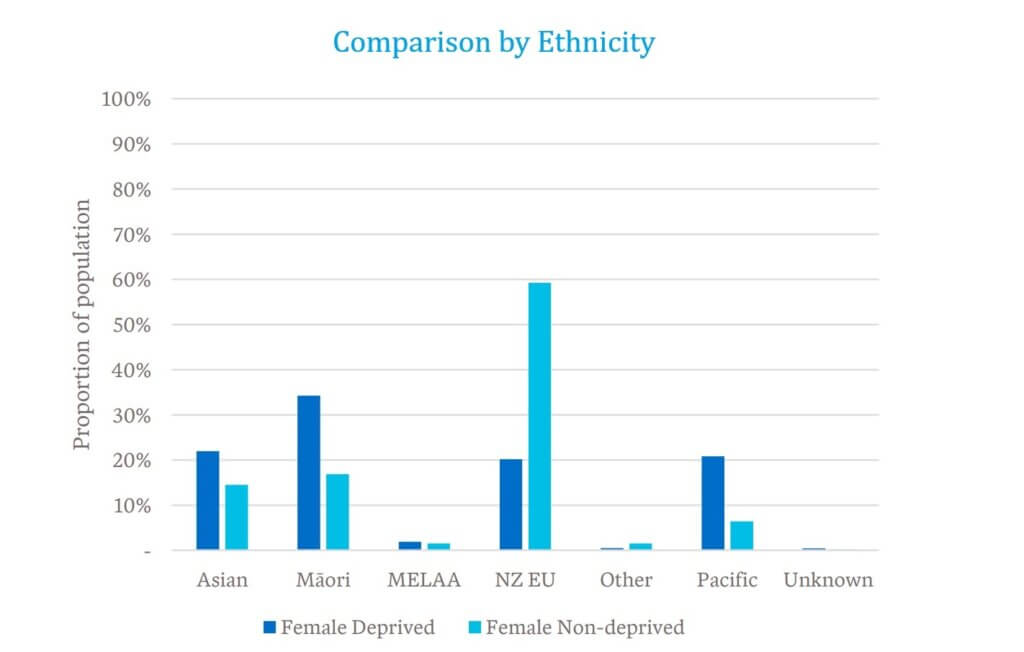
Many of the women were caring for children, alone, as demonstrated by high levels of sole parent benefit receipt.
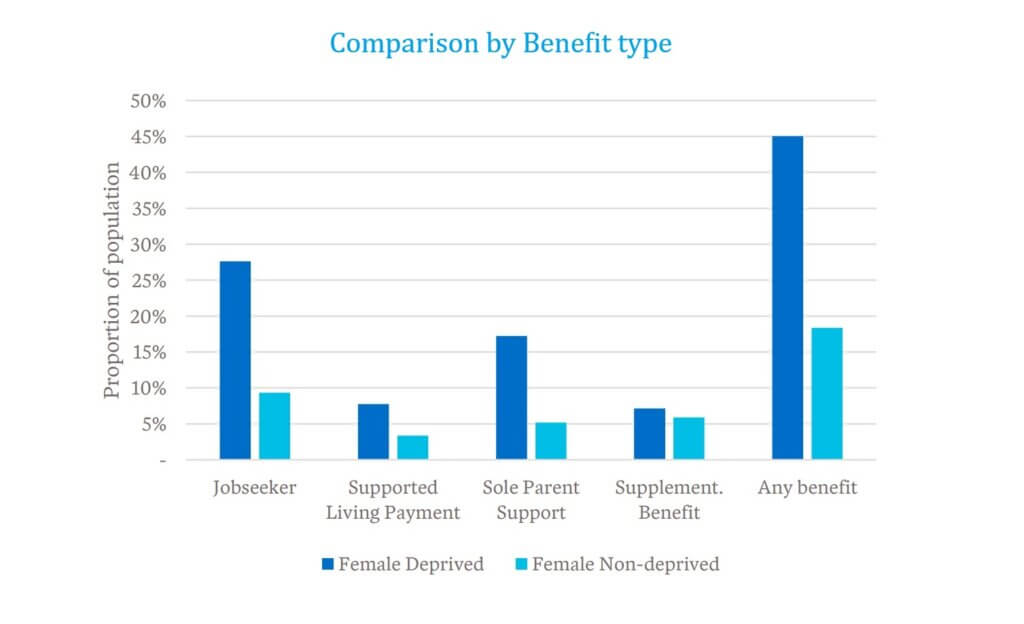
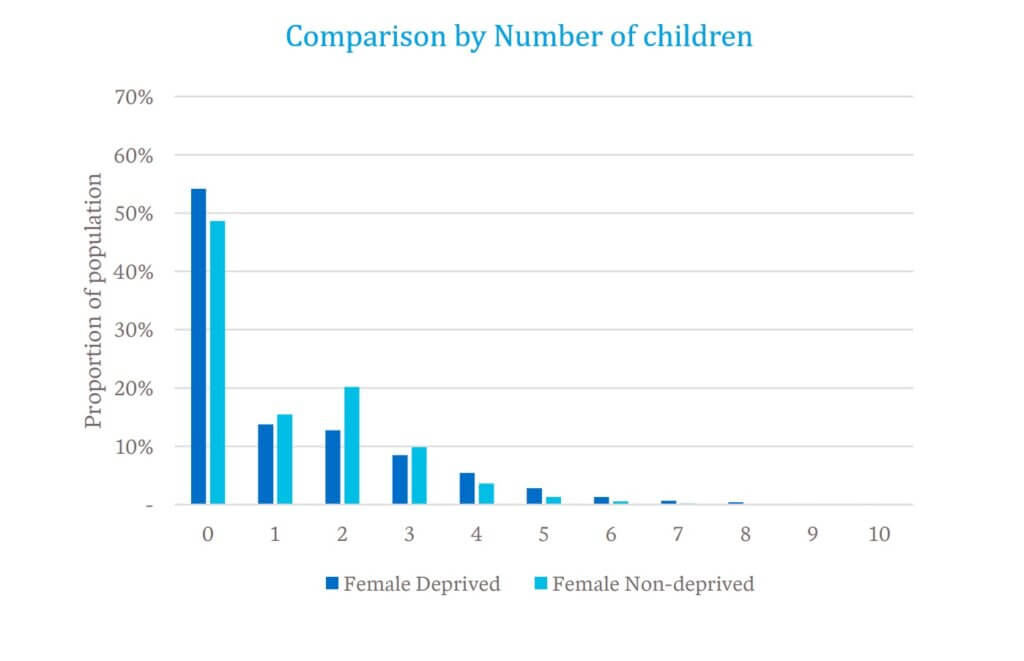
And the data showed that severely housing deprived women were less likely to interact with the criminal justice system as an offender and more likely to report a victimisation than housing deprived men.
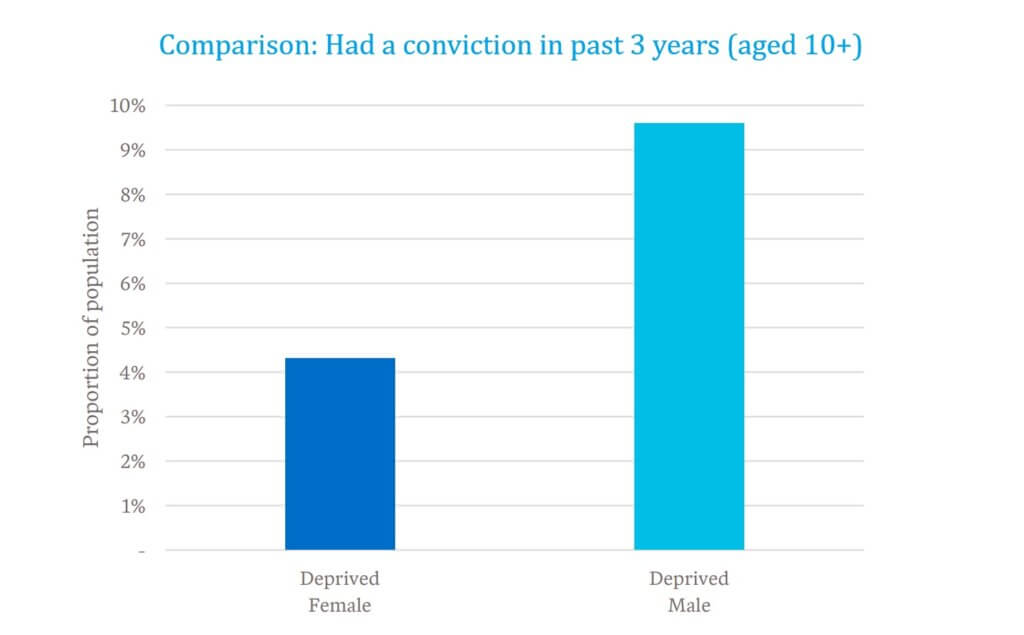
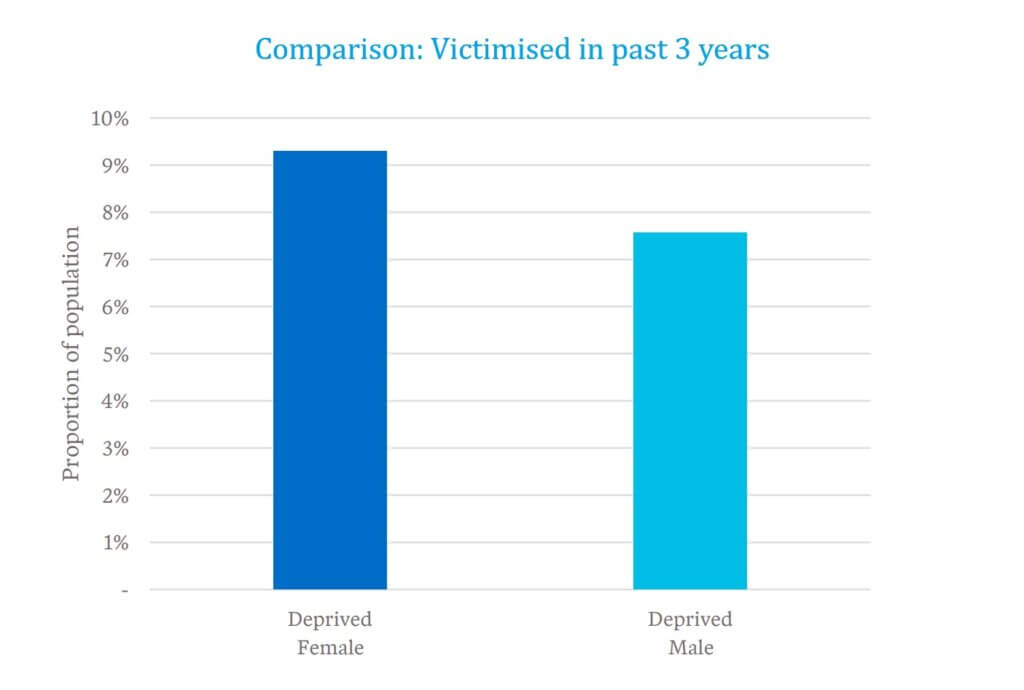
They were also less likely to receive pharmaceutical prescriptions related to mental health conditions than other women but more likely to rely on community-based mental health intervention and benefit receipt related to mental health.
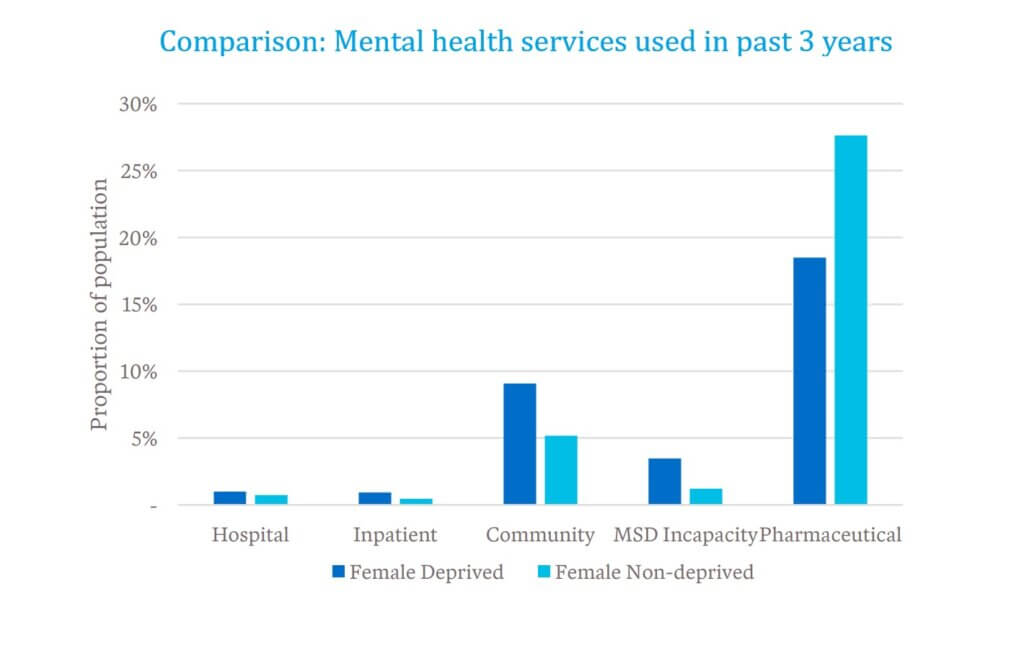
In a further report, comparing IDI data from 2023 with 2018, key findings of note were:
- Housing deprived women are more likely to report being a victim of crime in 2023 than in 2018
- Overall prevalence has remained about the same
Data Source: Ngā Ara ki te Kāinga: Understanding Barriers and Solutions to Women’s Homelessness in Aotearoa, 2024.
Sincere thanks to the Coalition to End Women’s Homelessness for graciously sharing your insights and data and for your critical work to advocate for a housing system that better supports and serves women across Aotearoa.